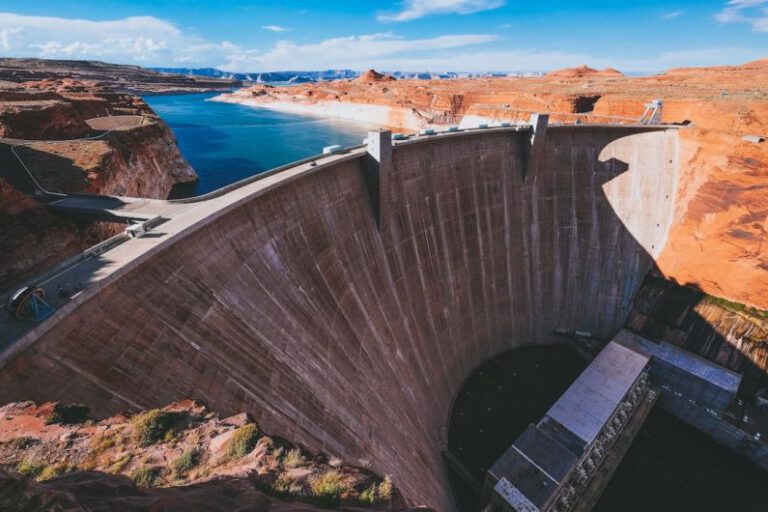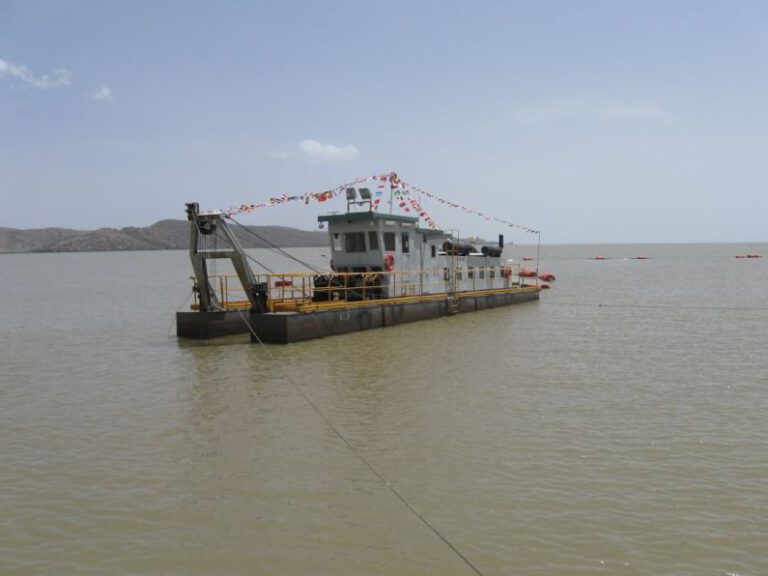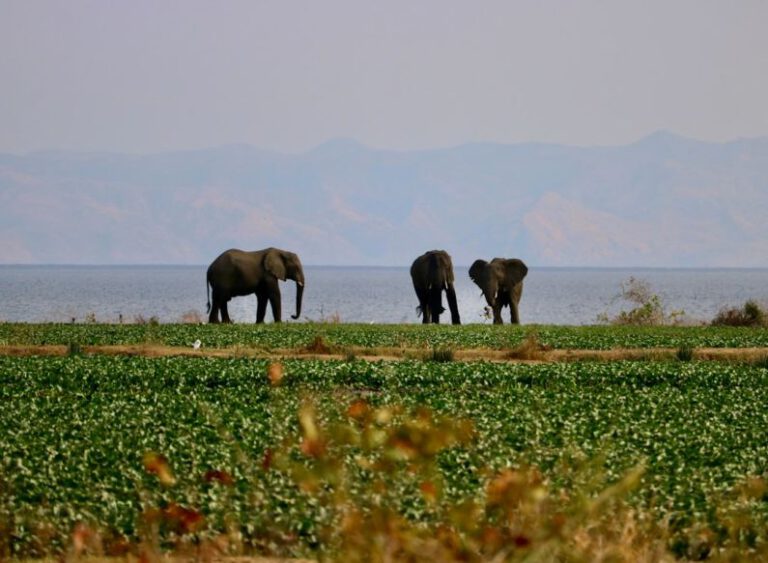Harnessing the Nile: the High Aswan Dam
Spanning the mighty Nile River in Egypt, the High Aswan Dam stands as a testament to human engineering and innovation. This colossal structure has played a pivotal role in transforming the landscape and economy of Egypt, providing invaluable benefits to the country and its people. Let us delve into the significance and impact of the High Aswan Dam on Egypt and the surrounding regions.
The Engineering Marvel
Rising to a height of 111 meters and stretching over 3,830 meters in length, the High Aswan Dam is a remarkable feat of engineering. Constructed between 1960 and 1970, the dam was built to control the annual flooding of the Nile River, which had been a double-edged sword for the ancient Egyptians. While the floods brought fertile soil and water for agriculture, they also caused destruction and loss of life. By harnessing the power of the Nile through the dam, Egypt has been able to regulate the flow of the river, ensuring a stable water supply for irrigation and electricity generation.
Water Management and Irrigation
One of the primary functions of the High Aswan Dam is water management. The dam stores water during the flood season and releases it gradually throughout the year, allowing for controlled irrigation of farmland in the Nile Delta and beyond. This has significantly increased agricultural productivity in Egypt, turning barren lands into fertile fields that yield bountiful harvests. The reliable water supply from the dam has enabled farmers to cultivate crops year-round, leading to a more sustainable and prosperous agricultural sector.
Electricity Generation
In addition to its role in water management, the High Aswan Dam is a powerhouse of electricity generation. The dam’s hydroelectric plant has a capacity of over 2,000 megawatts, supplying a significant portion of Egypt’s energy needs. The clean and renewable energy produced by the dam has reduced the country’s reliance on fossil fuels, contributing to a more environmentally friendly power sector. Moreover, the surplus electricity generated by the dam is exported to neighboring countries, further solidifying Egypt’s position as a regional energy hub.
Environmental Impact
While the High Aswan Dam has brought about numerous benefits, it has also had environmental repercussions. The dam has altered the natural flow of the Nile River, affecting the ecosystem and biodiversity of the region. The reduced sediment flow downstream has led to erosion of the riverbanks and the loss of fertile soil in the Nile Delta. Furthermore, the dam has disrupted the migration patterns of certain fish species, impacting the livelihoods of local fishermen. Efforts are underway to mitigate these environmental concerns through sustainable water management practices and conservation efforts.
Socioeconomic Benefits
The High Aswan Dam has had far-reaching socioeconomic benefits for Egypt and its people. The increased agricultural productivity resulting from the dam has boosted food security and rural livelihoods, lifting many families out of poverty. The reliable supply of electricity has powered industrial growth and urban development, creating jobs and driving economic progress. Moreover, the dam has facilitated the expansion of transportation networks, enabling easier access to remote areas and fostering trade and commerce.
Looking Ahead: Sustainable Development
As Egypt looks to the future, the sustainability of the High Aswan Dam becomes paramount. Climate change poses new challenges to water management and energy production, necessitating innovative solutions to ensure the dam’s continued effectiveness. Adopting integrated water resource management practices, investing in renewable energy technologies, and promoting environmental conservation will be crucial in safeguarding the benefits of the dam for future generations. By harnessing the Nile responsibly, Egypt can pave the way towards a more sustainable and prosperous future.
In conclusion, the High Aswan Dam stands as a symbol of human ingenuity and resilience, shaping the landscape and livelihoods of Egypt for decades. From water management and electricity generation to socioeconomic development, the dam has been a driving force behind Egypt’s progress. As the country navigates the challenges of the 21st century, the legacy of the High Aswan Dam serves as a reminder of the power of human innovation in harnessing the forces of nature for the greater good.






